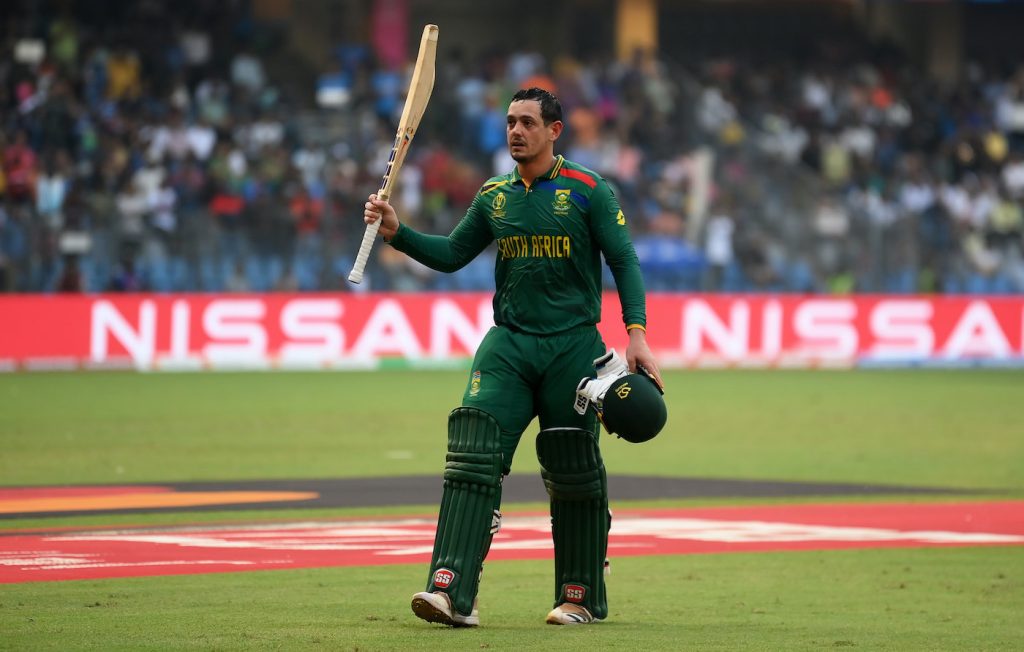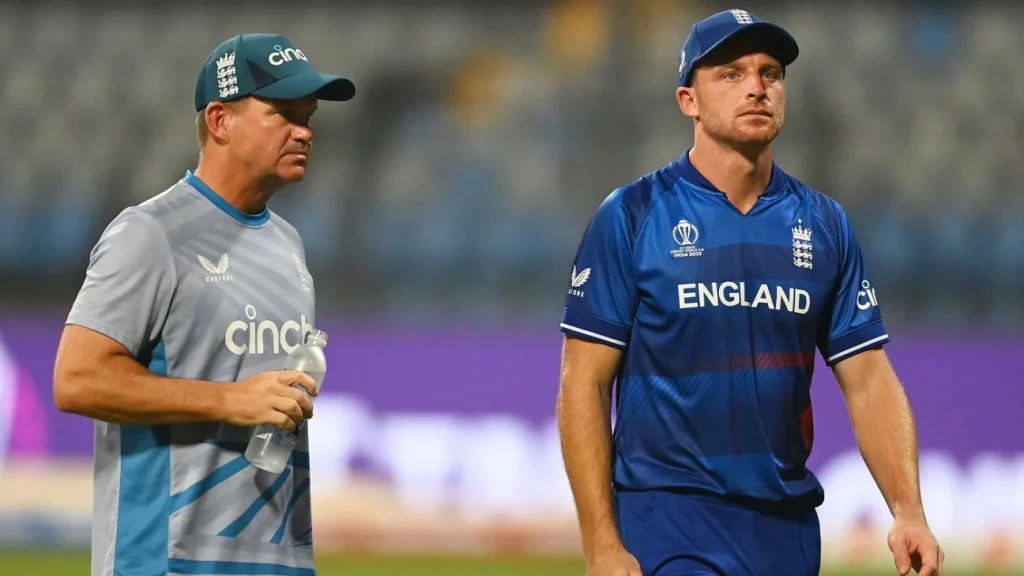In the recent face-off between Australia and Pakistan in the first Test, a notable aspect that caught everyone’s attention, including Australian fast bowler Mitchell Starc, was the unexpectedly lower pace of Pakistan’s bowlers.
This observation is particularly intriguing given Pakistan’s historical reputation for producing bowlers who can consistently deliver at high speeds.
Key Players and Their Performances
Mitchell Starc, speaking before the second Test at the MCG, expressed his surprise at the lack of high-speed deliveries from the Pakistan side.
The focus was on Shaheen Shah Afridi, whose pace, post his recovery from a knee injury, has notably decreased, averaging in the low 130 kph and even dropping to high 120s in the second innings.
Other seamers like Khurram Shahzad and Aamer Jamal, though showing potential, did not consistently hit the 140 kph mark.
This contrasted sharply with the Australian trio of Josh Hazlewood, Pat Cummins, and Starc, who routinely bowled in the mid-140s.
The Impact of Pace on the Game

Starc acknowledged that while pace isn’t the “be all and end all” of bowling, it certainly plays a significant role, especially on lively wickets like the one in Perth.
The difference in pace was palpable and potentially impacted the game’s dynamics.
However, Starc also noted that at the MCG, factors like sideways movement could be more crucial, as demonstrated by Scott Boland against England.
Concerns and Future Prospects
Former Pakistan captain Waqar Younis also voiced concerns about the current pace of Pakistan’s bowlers, noting a departure from the country’s legacy of producing fast bowlers who could bowl over 150 kph. This change raises questions about the depth and future of Pakistan’s fast bowling.
The team’s bowling attack faced further challenges with Khurram Shahzad being ruled out due to a stress fracture, and the reserves, including Hasan Ali, Mir Hamza, and Mohammad Wasim Jnr, not being classified as express pacers.
In conclusion, the first Test between Australia and Pakistan highlighted a significant shift in the pace strategy of the Pakistan bowling lineup.
While the impact of this change on their overall performance in the series remains to be seen, it certainly has brought to the forefront the evolving dynamics of fast bowling in international cricket and Pakistan’s current standing in it.
The second Test at the MCG will be a crucial indicator of how Pakistan adapts to these challenges and whether they can leverage other aspects of their bowling to counterbalance the lack of high-speed deliveries.




